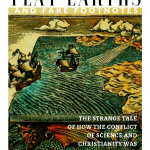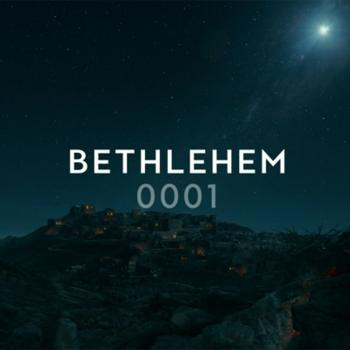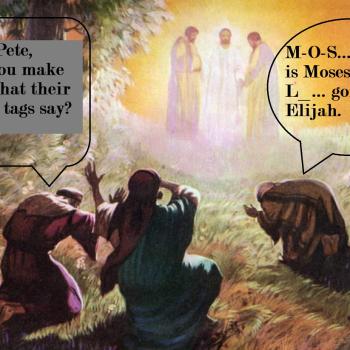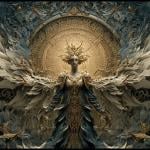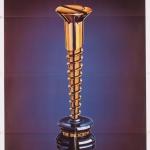I want to wish all readers of my blog who celebrate it a very Merry Christmas!
The story published I published in the first issue of AcademFic has a Christmas connection, and so initially when I announced that I thought I’d share some other seasonal links along with it. In the end, there were so many that I opted to keep them for a separate Christmas post.
For those who stick more strictly to the church’s calendar, the actual connection of my story with a holiday is of course with Epiphany rather than Christmas, despite the frequent inclusion of magi and shepherds together in nativity scenes. But since many will want to read about magi before or on but not after December 25th, I am glad the volume appeared when it did!
Here is other news related to Christmas (including about the magi):
Margaret Barker on where Christmas came from
Amy-Jill Levine on the Jewish origins of Christmas
Amy-Jill Levine and Marc Zvi Brettler on Isaiah’s “virgin” and the translation issue
On not taking the Christmas stories literally
Manuscripts with the ox and ass at the manger
How did December 25th become Christmas?
Patricia Rumsey, “The Inherited Christmas Story and the Oppression of Women”
Is There Room for Mary in the Modern Christmas?
https://johntsquires.com/2020/12/11/why-the-christmas-story-is-not-history/
https://johntsquires.com/2020/12/17/why-the-christmas-story-is-not-history-2-luke-1-2-and-matthew-1-2/
https://johntsquires.com/2020/12/21/christmas-not-actual-history-but-powerful-myth/
On angels and virgins at Christmastime (Luke 2; Christmas Day B)
Getting Our Myths Straight at Christmas
Kiwi Hellenist on Nativity Stories
Jim Davila commented on the way people are talking about the conjunction of Jupiter and Saturn as a “Christmas star.” Read more on NASA’s website! Eventually he asked (prompted by another article on the subject) whether the conjunction might be what the “star of Bethlehem” actually was. Teresa Donati also wrote about the conjunction. Allan Bevere provided a helpful overview of the possibilities regarding what the author of the Gospel may have had in mind. Live Science interviewed Eric Vanden Eykel who is an expert on the stories about the magi. Even news outlets that take the magi literally tend to agree the ancient conjunction in 7 BC wasn’t what they saw. I replied to someone who asked me about this on Facebook as follows:
It isn’t clear that the author of Matthew had any actual celestial phenomenon in mind. A star that could go before them and then stop to point out a single house (if that’s what the text implies) is not a star nor a planetary conjunction. Matthew and Luke disagree so much on when Jesus was born that it is hard to say more. That said, 7 BC would be just about right for Jesus being born in 6 BC, about two years before the death of Herod the Great as the Gospel of Matthew implies.
O Magnum Mysterium: Christmas Music from Clifton Cathedral, Bristol
Adam Saunders: Fairy Tale Sleighride
“Will I Conceive Like Other Women?” Mary and Gabriel in the Protoevangelium of James
Mary’s Pregnancy and Joseph’s Dream: the Protoevangelium of James Continues
A short story, “Wight Christmas.”
https://ehrmanblog.org/christmas-from-a-historical-point-of-view/?utm_source=feedly&utm_medium=rss&utm_campaign=christmas-from-a-historical-point-of-view
For tomorrow as it is Christmas I won’t share a blog post, since I assume most readers will have other things to do than read blogs. In the past around now I’ve shared The Articles of Christmas that I posted several times in the past. Do blog readers think I ought to do so again, and even annually?
Also from years gone by…



